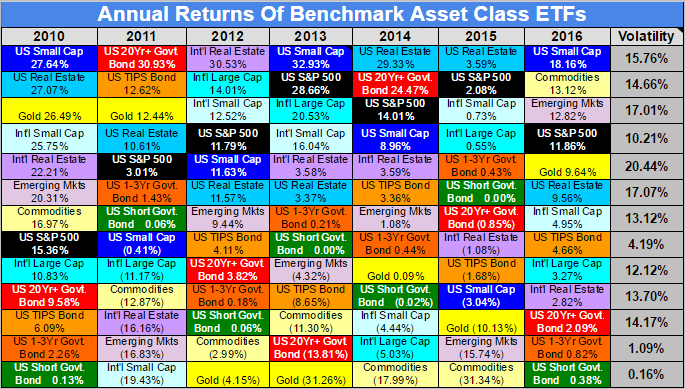Just when investors thought President Trump might be easing up on his protectionist push following the uproar caused by his decision to slap tariffs on steel and aluminum imports, Politico is reporting that Trump’s next trade salvo will be explicitly directed at China.
According to Politico, Trump last week told Cabinet secretaries and top advisers during a White House meeting that he wants to hit China with steep tariffs and other restrictions as retaliation for Chinese policies blatantly designed to siphon valuable intellectual property from US companies. The measures would be a follow up to an order issued by Trump over the summer, when he ordered the Commerce Department to launch an investigation into Chinese IP theft, using an obscure law that was frequently employed by the Reagan administration.
* * *
As we explained back in August, with total bilateral trade of more than half a trillion dollars a year, the list of potential losers from Trump’s protectionist policies is notably lengthy:
-
U.S. companies such as Apple Inc., which assemble their products in China for sale in the U.S., and those tapping demand in China’s expanding consumer market.
-
U.S. agricultural and transport-equipment firms, which meet China’s demand for soy beans and aircraft.
-
Manufacturing firms from the U.S. that import intermediate products from China as an input into their production process.
-
Retailers including Wal-Mart Stores Inc. and the U.S. consumers that benefit from low-price imported consumer electronics, clothes and furniture.
-
Other trade partners caught in the crossfire of poorly-targeted tariffs. On steel, for example, U.S. direct imports from China account for less than 3% of the total — below Vietnam.
* * *
During the as-yet-unreported meeting, US Trade Representative Robert Lighthizer reportedly presented Trump with a package of tariffs that would target the equivalent of $30 billion a year in Chinese imports. In response, Trump urged Lighthizer to aim for an even bigger number, and warned everybody present that they should prepare for an announcement during the coming weeks.
That sent senior officials at the White House, Treasury Department, State Department, Justice Department, the Office of the U.S. Trade Representative and other key agencies scrambling this week to finalize the proposal. While the details were still in flux, aides said the administration is considering tariffs on more than 100 Chinese products ranging from electronics and telecommunications equipment to furniture and toys.
Shortly after Trump authorized the tariffs, trade experts speculated that the steel and aluminum tariffs might not elicit a response from China – despite senior Chinese officials’ stern threats of retaliation – because China’s industrial sector doesn’t directly send that much steel to the US (instead, it funnels its wares into other countries, where they help drive global metals prices lower).
However, we noted at the time that China could be considerably more enraged if the administration slaps tariffs on finished Chinese goods, like, for example, toys.
And if the Politico report is accurate, it appears that Trump is poised to do just that:
“Steel tariffs are one thing. Taking on the entire Chinese industrial policy apparatus that is designed to suck technology out of the world is another,” said one outside adviser to the administration who has been briefed on the planning and was not authorized to speak on the record.
An investigation conducted in 2011 by the International Trade Commission found that China’s intellectual property theft had cost US producers nearly $26 billion in losses in 2009 on copyrighted material alone. Another study from the US software industry in 2011 put software theft losses as high as $60 billion.
Furthermore, Visa restrictions being mulled over by Trump could stem the influx of Chinese undergraduate and graduate students pouring into US universities…
The visa restrictions could hit Chinese students going to school in the United States, especially graduate students in science and technology programs, as well as other Chinese nationals working in sensitive jobs like at national laboratories. But some administration officials have raised objections to the visa restrictions and it’s unclear whether they’ll be included in the final package.
Even before the Politico report – which added to investors’ worries about Trump taking a harder line on trade – the Nasdaq led the market lower as investors worried that Trump’s decision to replace Secretary of State Rex Tillerson with CIA Director Mike Pompeo could signal that he’s taking a harder line on trade and national security – the reason he cited for quashing Broadcom’s pursuit of Qualcomm… and additional Section 301 concerns.
via RSS http://ift.tt/2GoBHXk Tyler Durden











 I’m happy to announce that
I’m happy to announce that